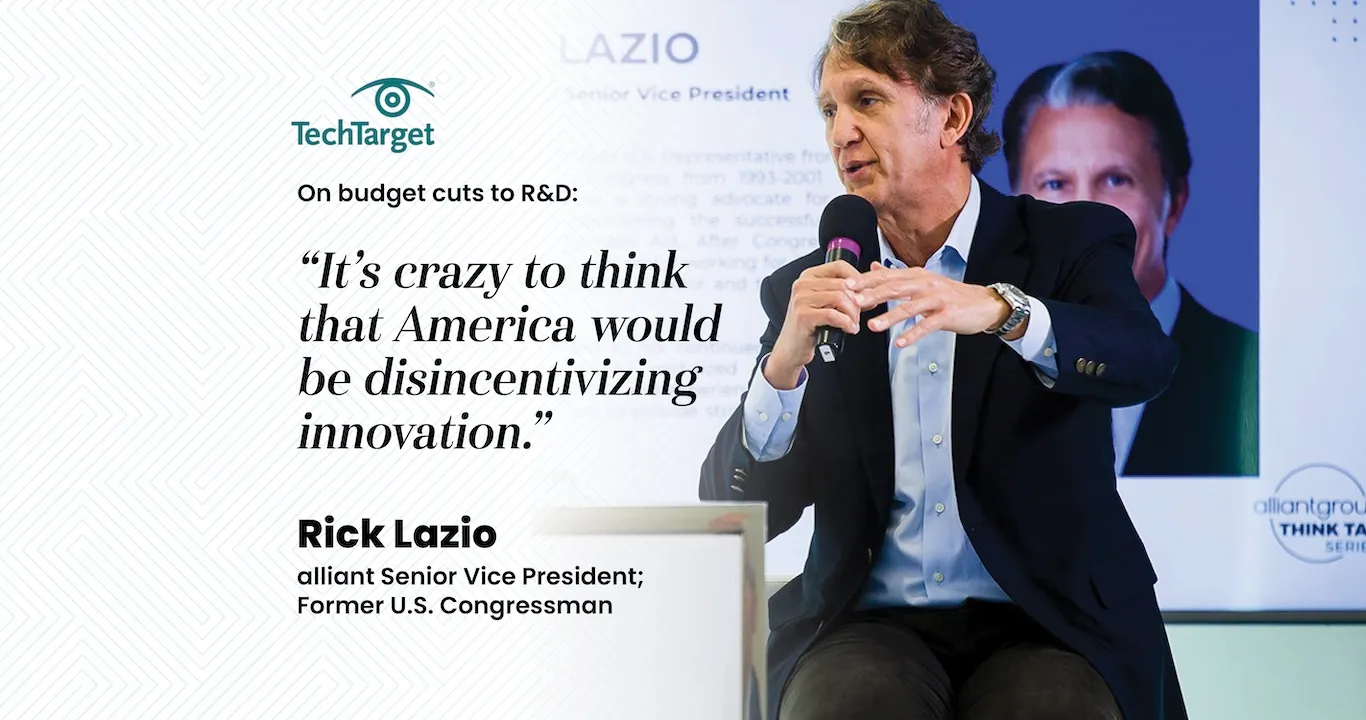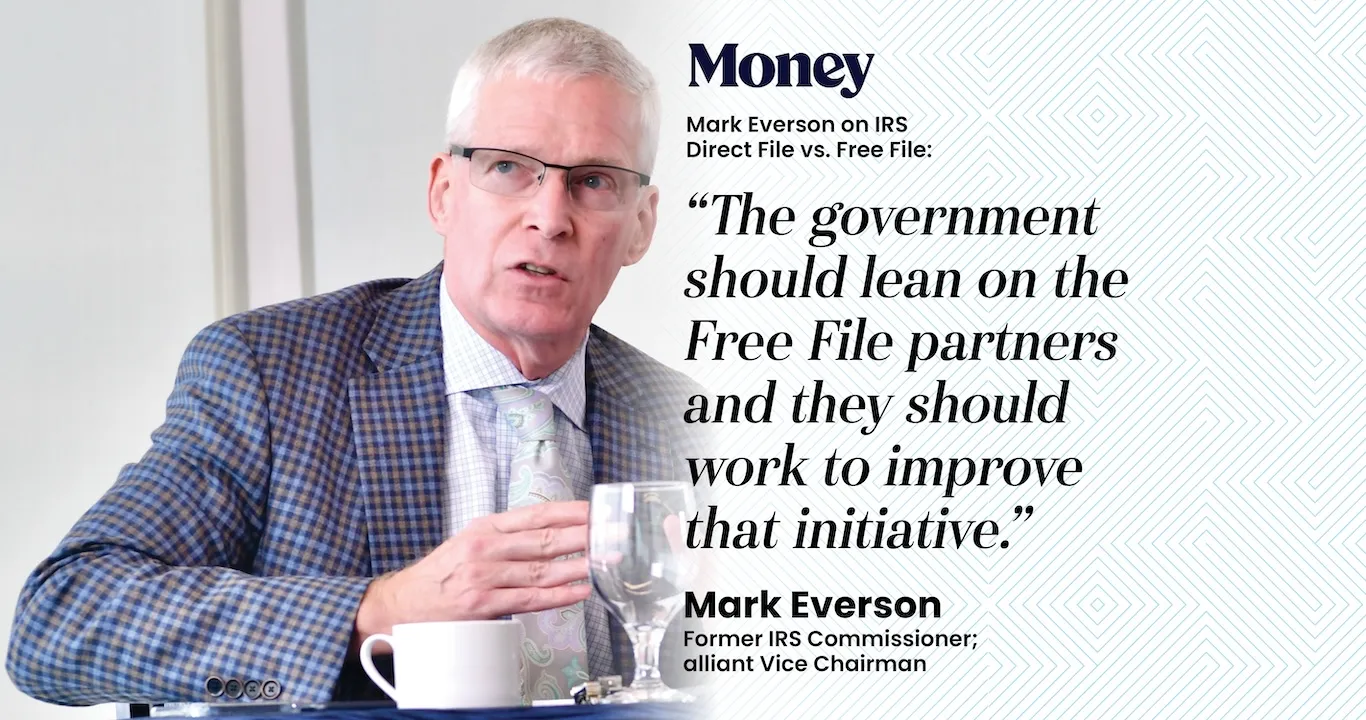The Internal Revenue Service is trying to leverage the extra billions in funding from last year’s Inflation Reduction Act to narrow the ever-increasing gap between taxes due and taxes collected, but has spent surprisingly little of the money so far.
The IRS released tax gap projections last week indicating the projected gross tax gap ballooned to $688 billion in tax year 2021, a major jump from prior estimates (see story). The new estimate includes an increase of more than $192 billion from previous estimates for tax years 2014-16 and an extra $138 billion from the revised projections for tax years 2017-19. The tax gap is a measure of the level of overall noncompliance, and the gross tax gap is the amount of true tax liability that is not paid voluntarily in a timely way, basically representing the gap between taxes owed and taxes collected.
However, the charts shown in the report issued last week by the IRS do point to some inconsistencies.
“It’s based on research that’s seven years old,” said Mark Everson, a former IRS commissioner who is now a vice chairman at Alliantgroup, a tax consulting firm. “These gross numbers are just arithmetically projected based on changes in the economy. Of course, the economy has grown, so the gross tax gap is larger. As you look across the table that shows what’s happened over the years and focus on the voluntary compliance rate, what’s remarkable is that has stayed stable.”
The data shows that uncollected taxes from FICA, the payroll tax from the Federal Insurance Contributions Act, total $36 billion, and from FUTA, the Federal Unemployment Tax Act, amount to $1 billion.
“That’s based on studies that go all the way back to 2008 to 2010,” said Everson. “There’s a lot of work that needs to be done to establish just what really is the voluntary compliance rate. Right now, it doesn’t show any deterioration because they’re using the same resources they used years ago.”
Nevertheless, the IRS has insisted that the projections have been updated and plans to update the projections on an annual basis. The agency hopes to use the funding it received from the Inflation Reduction Act to refocus more of its audit efforts on high-income taxpayers and large corporations and partnerships, with the help of technology like artificial intelligence and data analytics (see story). However, it has received pushback from Republicans in Congress who have warned about an army of IRS agents being hired to pursue taxpayers and have sought to claw back the enforcement funding.
A billion here, a billion there
The IRS was originally set to receive $80 billion over 10 years from the Inflation Reduction Act, but approximately $1.4 billion was later rescinded last December as part of an agreement between Congress and the Biden administration to raise the debt limit and avert a default on the national debt.
Nevertheless, relatively little of the IRA funding has been spent to date, according to a report released last week by the Treasury Inspector for Tax Administration, which found that as of June 30, 2023, the IRS had expended approximately $1.95 billion, or 2.5%, of its $78 billion in IRA funding.
“The majority of the expenditures during this time period related to IRS employees’ pay and benefits and contractors’ support for advisory and assistance services,” said the report.
The IRS also received funding last December under the regular appropriations process. The Consolidated Appropriations Act of 2023 provided annual appropriated funding of $12.3 billion for three of the four IRS primary budget activities, including $5.4 billion for enforcement. However, according to IRS management, during fiscal year 2023, the service transferred approximately $272 million of enforcement appropriation funds to other areas, including $100 million to taxpayer services, $122 million to operations support, and $50 million to business systems modernization. Congress had provided no appropriated funding for the Business Systems Modernization Program, which normally funds upgrades to IRS information technology systems, but it did provide special funding transfer authority and direct hire authority to address the backlog of returns and correspondence.
A separate report released last week by TIGTA discussed the major management and performance challenges facing the IRS in fiscal year 2024. Those include managing its transformation efforts for the IRA. One of the challenges, the report pointed out, is what will happen if Congress continues to reduce the IRS’s funding, as it did last December when it clawed back $1.4 billion in funding for enforcement from the Inflation Reduction Act.
“If the IRS continues to receive reductions to its funding over the next decade, it will have to make difficult decisions on what to prioritize when making improvements to its operations and the way in which it serves taxpayers,” said the report. “The IRS has historically struggled to fulfill long-term plans to transform the organization. While some of this can be attributed to the continually changing budget environment, the IRS has also not effectively managed the process.”
The agency will need to use the funding from the IRA not only to expand its enforcement efforts, but also to improve taxpayer service and modernize its aging technology.
“The implementation of the IRA will challenge the IRS to ensure the proper balance of improving services to taxpayers, expanding enforcement, and modernizing its information technology. In addition, the IRS will need to ensure that it uses this increased funding in the most effective manner,” said the report.
The TIGTA report summarizes the findings of a number of earlier reports by the inspector general and may point the way for IRS Commissioner Daniel Werfel to leverage the funding to improve the agency.





